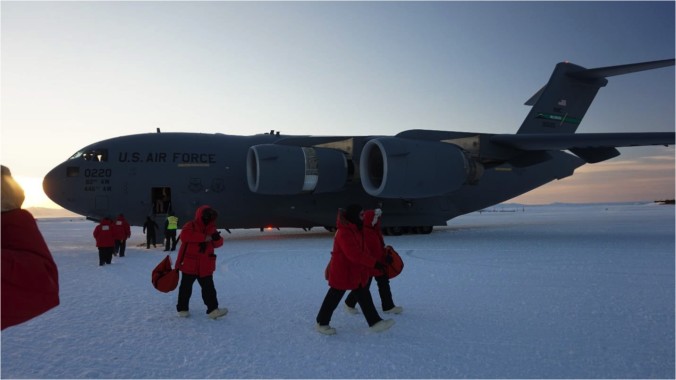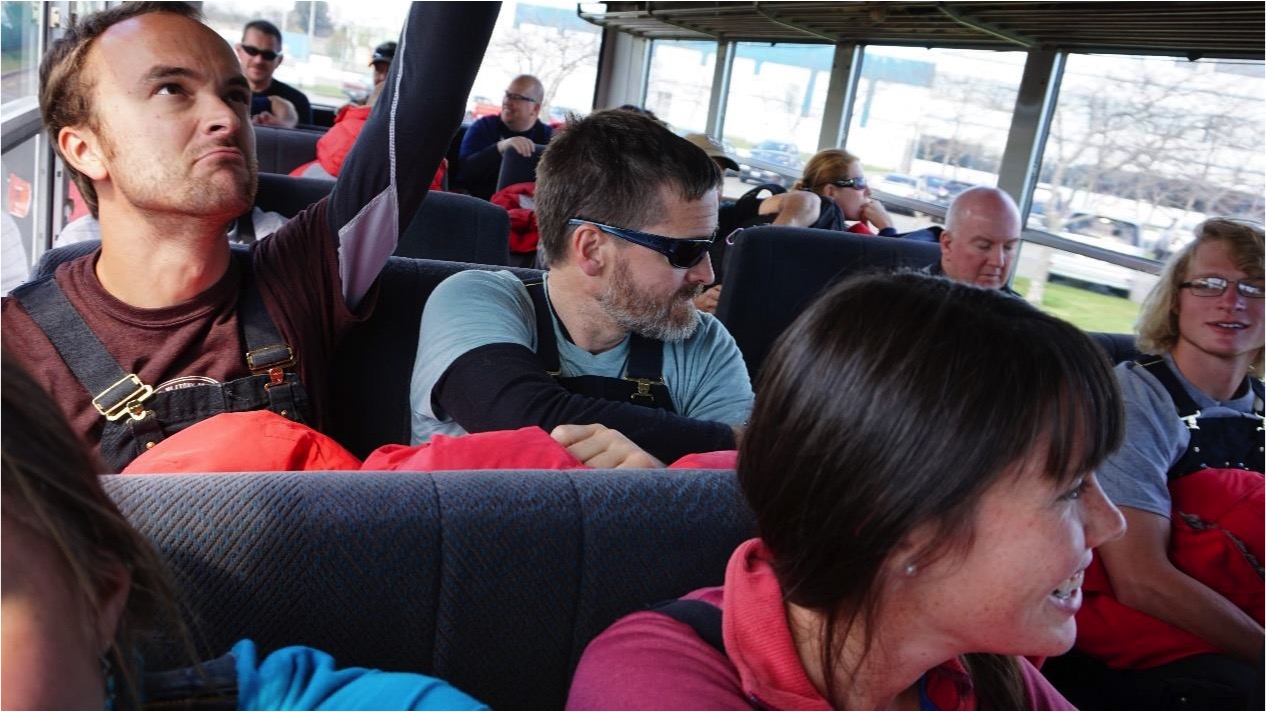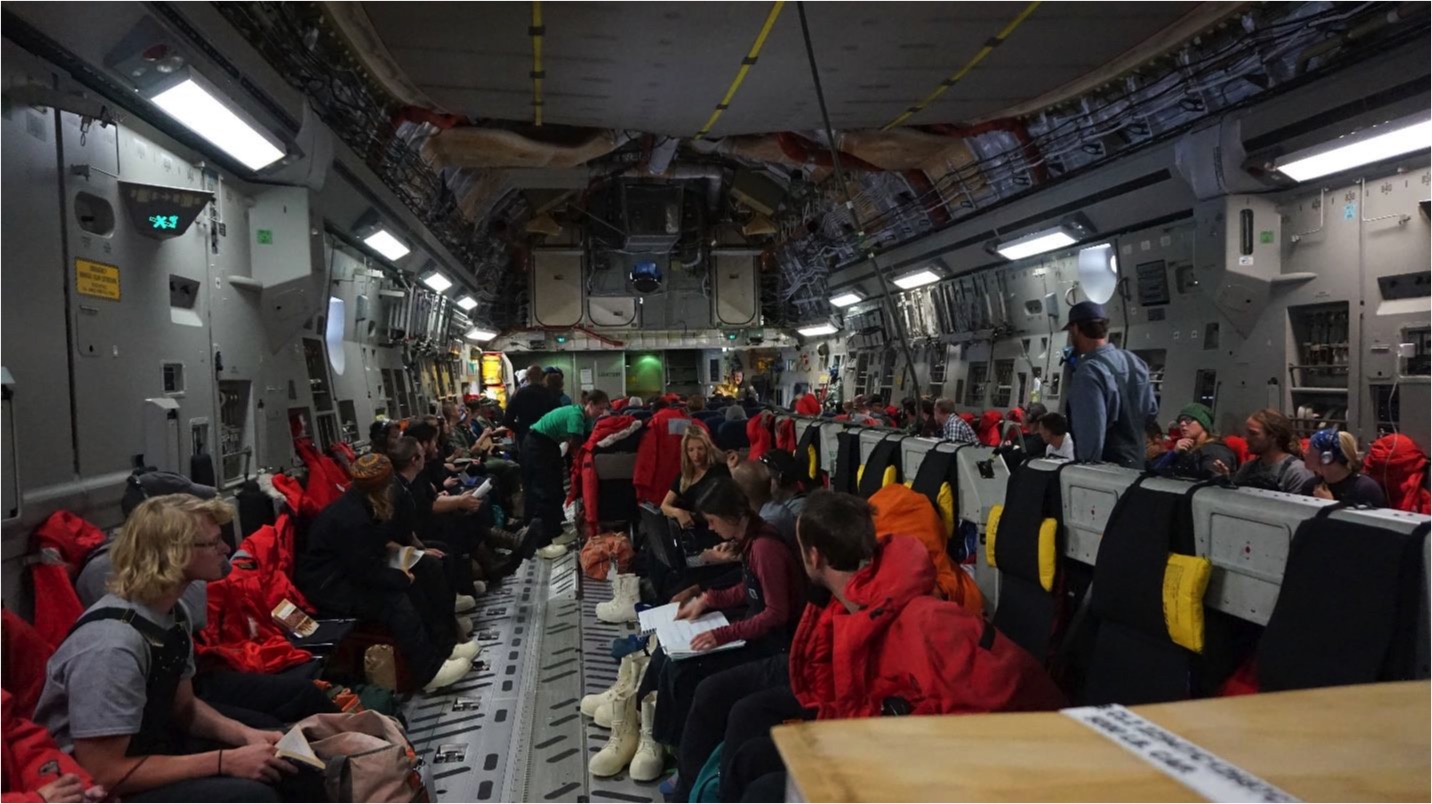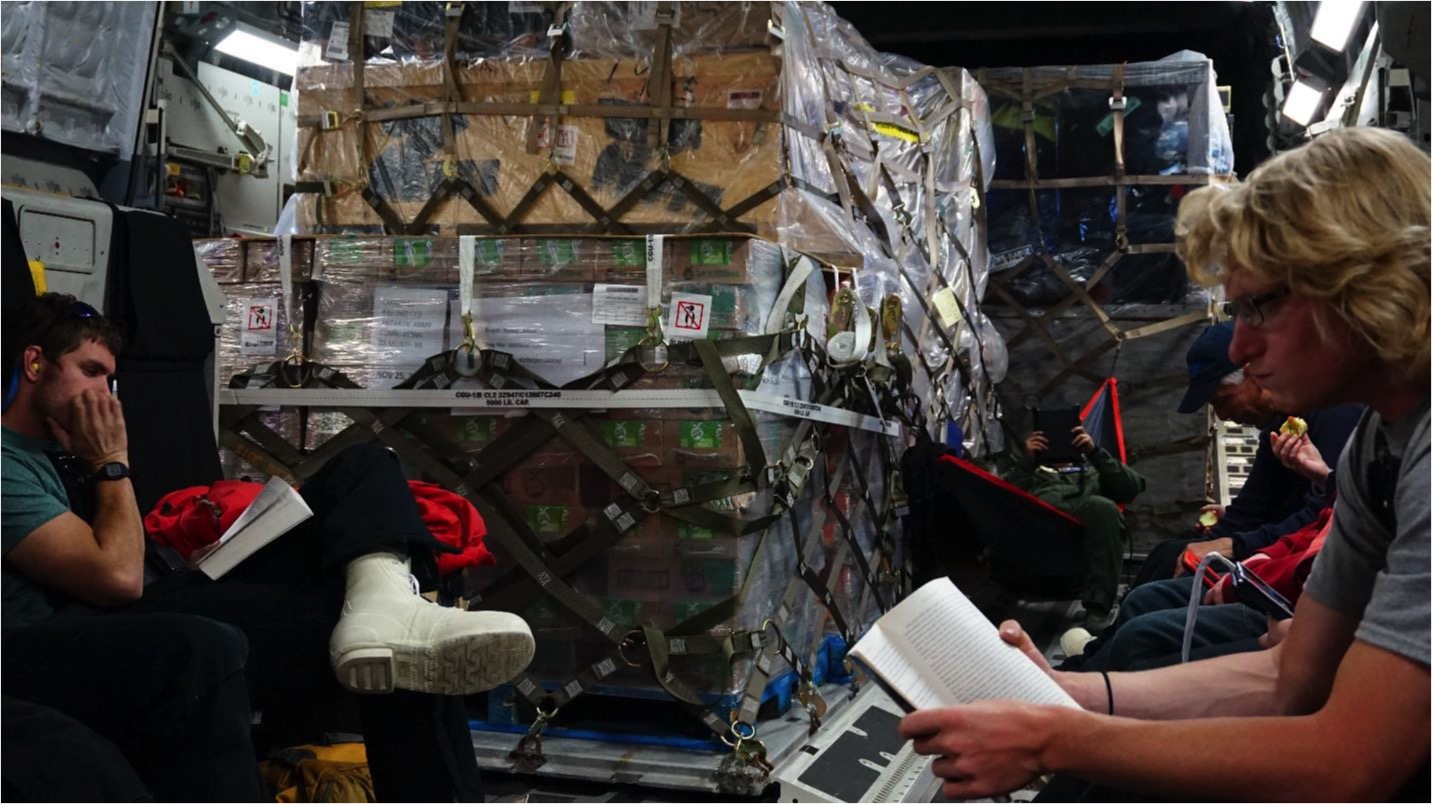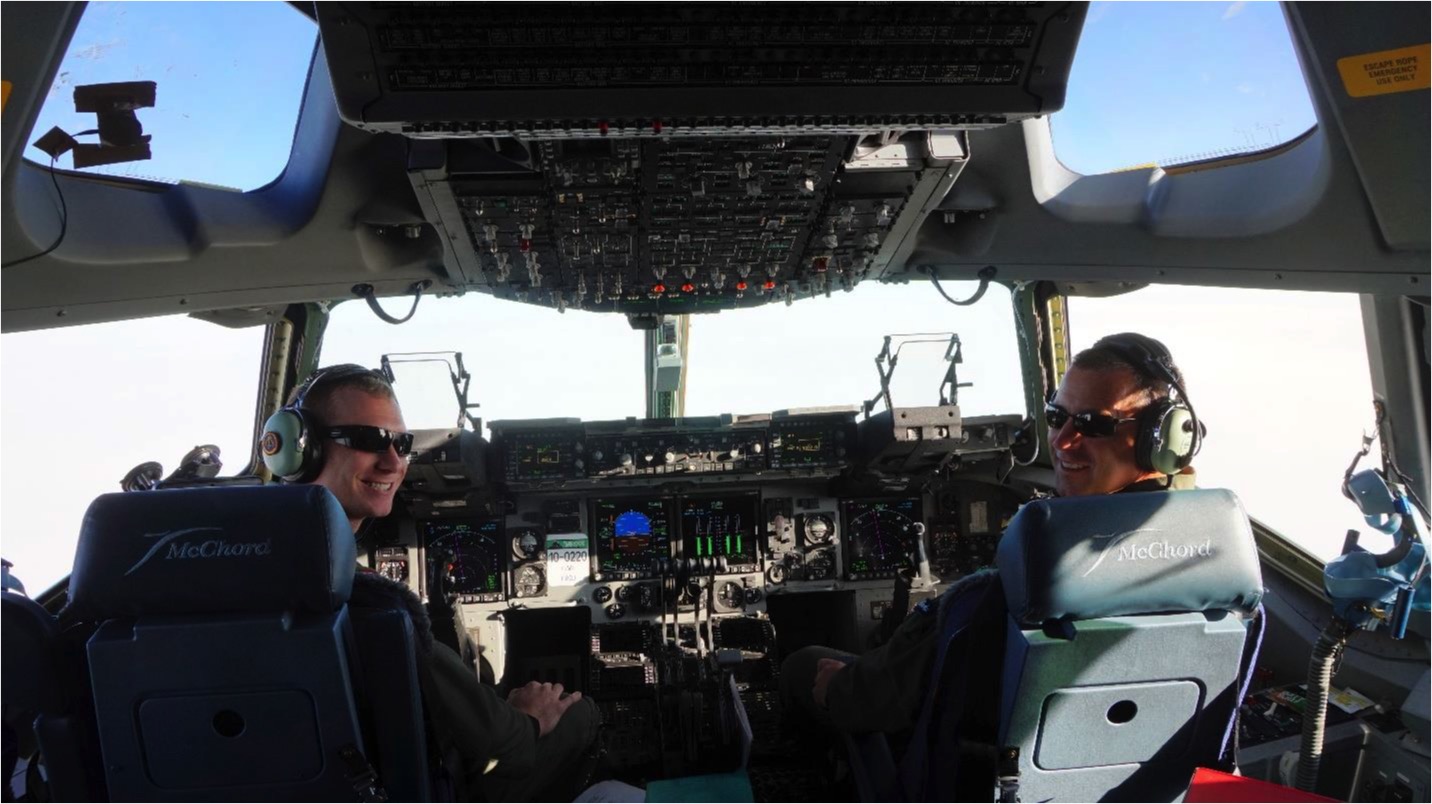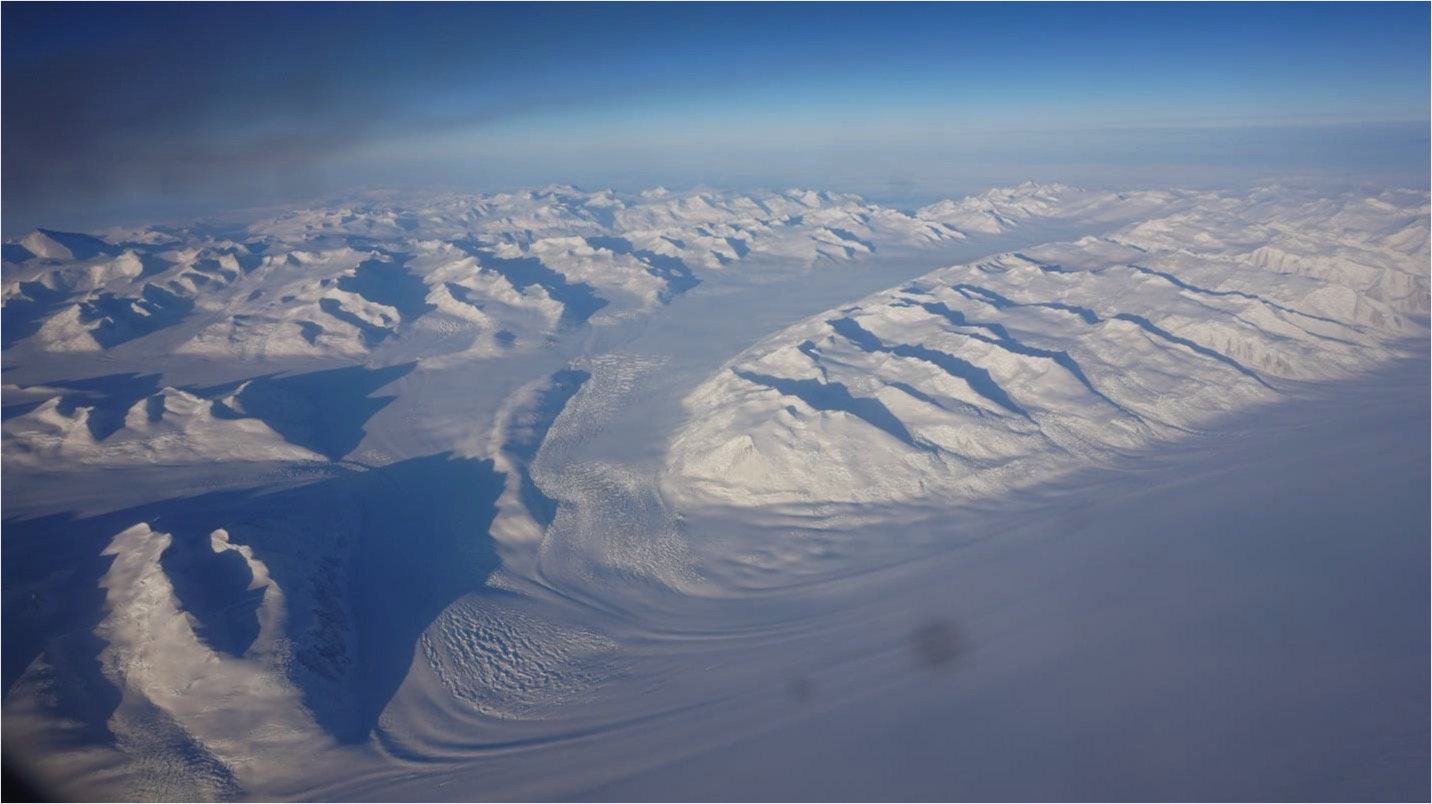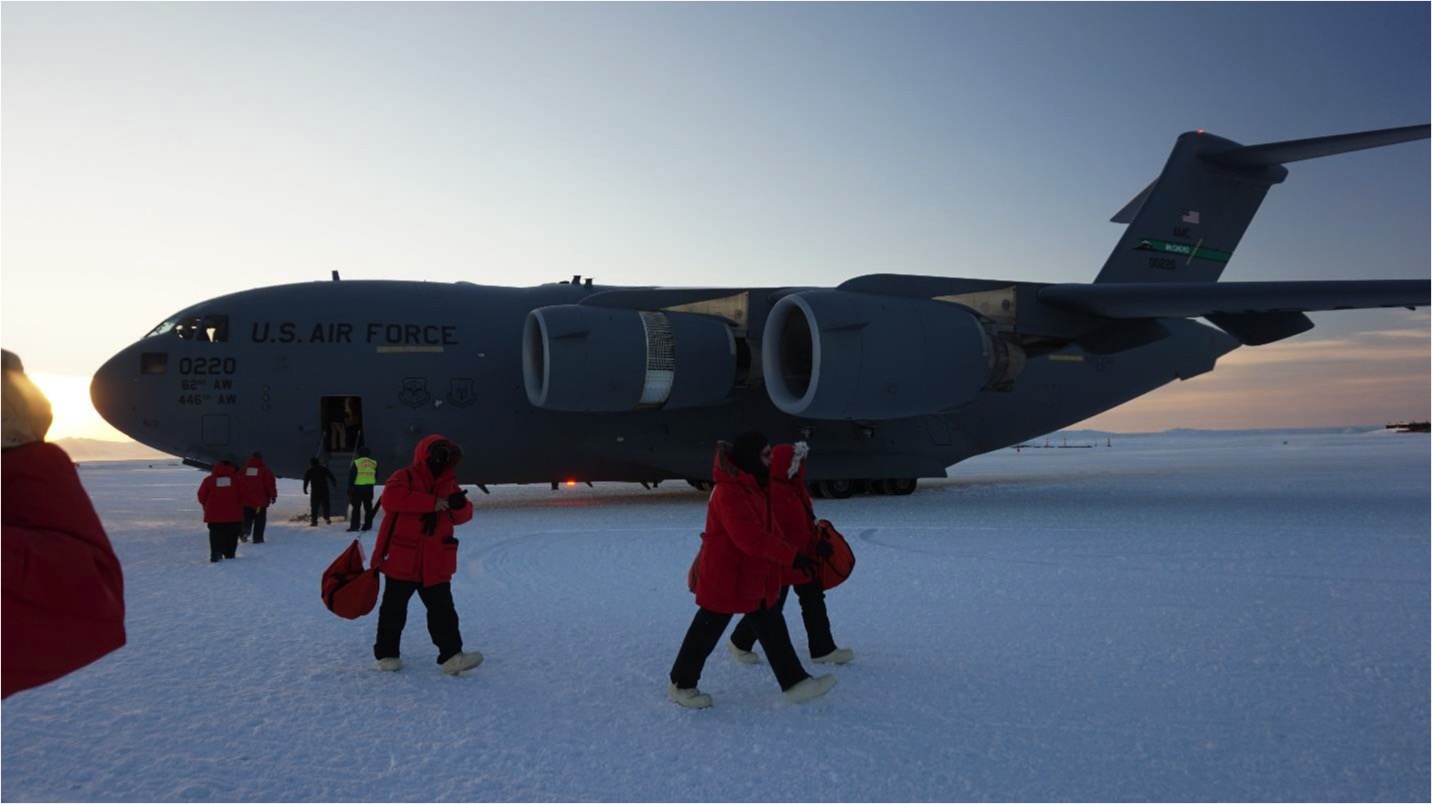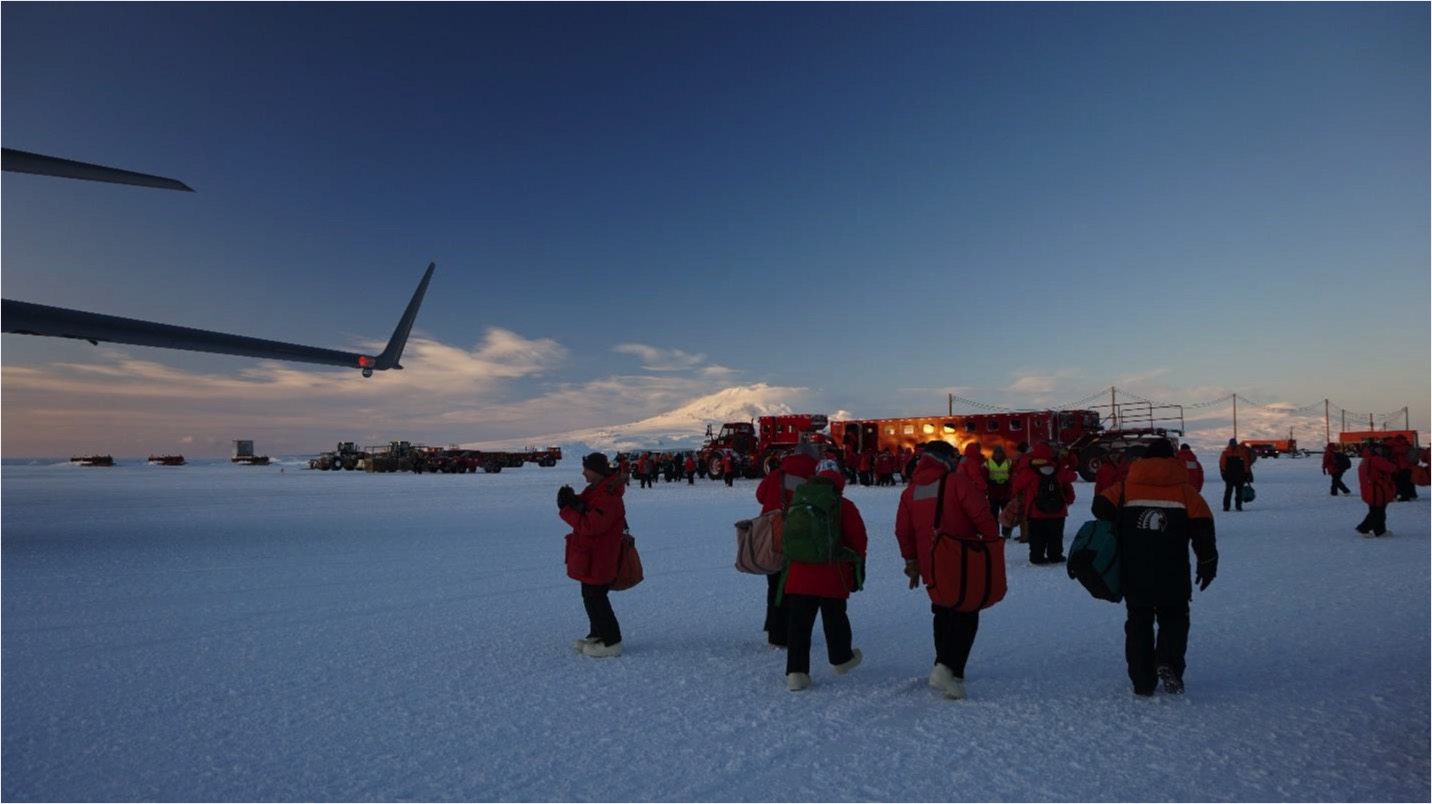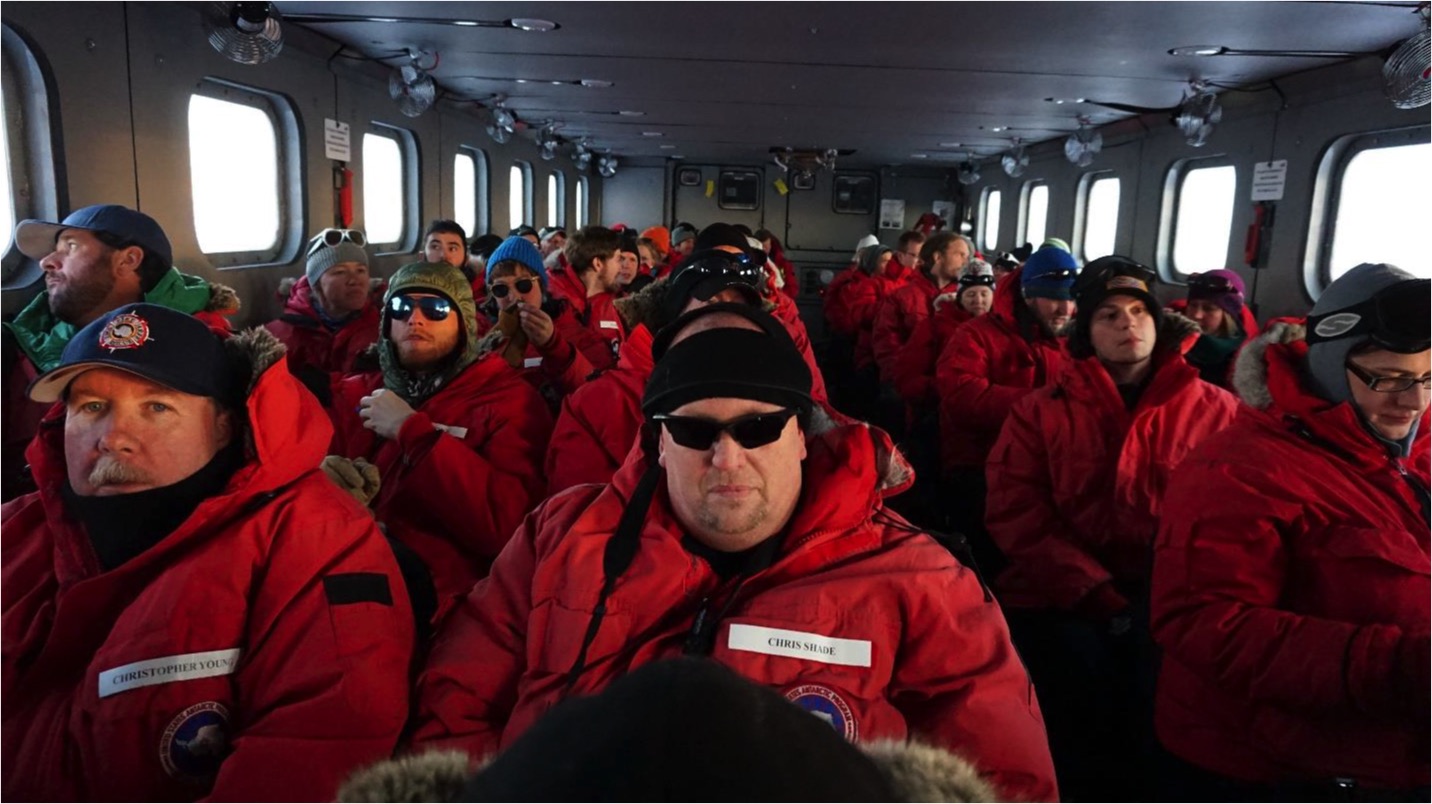The third post in the Antarctica: Weddell Seal Team series comes to us from Erika Nunlist.
Be sure to read the first post in this series for more background on the project and the team. Here is the 2nd post if you want to read that too!
If you would like to help support this project, head on over to their campaign on Experiment! They only have 8 days left to reach their goal!
October 8, 2015
Getting out onto the ice
We’ve been very busy the last week in McMurdo getting everything ready for the season. Lots of errands, lots of trainings, lots of talking to people, and a lot of new experiences. Still can’t believe I’m down here, it’s been incredible so far and we haven’t even started field work! I’ll let the following pictures detail some of the stuff we’ve been up too…
Making tags for the seals in the work shop of the Crary building (the main science building). Each seal gets two sets of tags (one on each flipper making a grand total of 4 tags per seal). We made 1000 sets of tags for the seals we’ll tag this year. Took about 8-10 hours total with all of us working.
The carts around the Crary lab have old license plates on them, thought it was kind of fun. Lots of Montanans down here, haven’t met anyone from Wyoming yet though.
Our first several days were windy and cold. Probably down to -20 or so at least and even colder with wind chill. It’s been nicer lately though sunny and in the low teens.
Errands in town. Piston bullys on the right- one of the vehicles we will use to get some of our stuff out to camp.
A lot of our gear is from the Berg Field Center (BFC). This is one of our trips there getting an assortment of things from back packs to kitchen supplies to sleeping bags, etc. Eric and Terrill in this photo… I think Terrill is still the head honcho of the show?? (Eric is holding a bat that Alasdair gave us, joking that it was a seal club)
Our lab in the Crary building. Lots going on, lots of stuff. Our staging area between our sleds and rooms where we get geared up and ready to go.
We got trained on driving piston bullys (three pictures previous). Ross and Mike enjoying the ride while Eric drove.
Some fun artwork in the BFC.
Getting our food for the next month or so. We essentially walked down these rows and pulled all of the food we need/want. Like grocery shopping but then not really having to pay for it. A fun group activity, learned a lot about each others food preferences.
Alasdair helping us get our frozen foods. And us maybe helping him get some bacon? …hmmm J He’s been a great guy to get to know, one of the top guys around McMurdo currently on ice knowledge. We’ve had some beers and good chats with him. He’s also a great photographer. I think he’s going to be doing some kind of documentary down here next year.
Our kitchen hut full of food from our food pulls. Lots and lots of food. We won’t be going hungry!
Terrill happy about getting onto the ice. Essentially sums up the rest of the crews feeling about it as well… !!
My sled. Super G. It’s super great. And my personalized helmet. Someone glued a knit hat on my helmet before I got it – I’m hoping it’ll keep my head warmer.
Down at the ‘transition’ where all the sleds are parked. The red sled to the right is called a siglin sled. We tow three of these around with our emergency survival gear (the red water proof bag on the end) and an assortment of other gear including shovels, ice drills, and bamboo flags for making our ‘roads’.
Seals!! We’ve been out to see our first seals. Haven’t done any tagging or work on them yet, but it has been super cool to actually see them. The whole reason we’re here in the first place.
Cute/funny/BIG creatures. This lady is probably about a thousand pounds or so.
If you look closely at the base of the hills in this picture, you’ll see a mirage. It’s called Fata Morgana and is regularly seen around here. Not sure exactly why it occurs, but I think it’s something to do with differences of air temperatures and bending of light.
A Caterpillar Challenger towing out our four gear huts, fuel, propane, and bathroom (the Center of Excellence). Our camp is about 12 miles out of McMurdo to the north.
A closer shot of the Challenger and our gear.
Our huts and home for the next couple months. The two huts in the middle are our sleeping huts. The 05 on the left is the kitchen hut and the 11 on the right is our gear huts. Can’t wait to move in! We’ll probably move in tomorrow- hopefully! Next update will include more pictures of camp life!
Thanks for reading!
Stay tuned for the fourth post in the series, coming tomorrow!
If you would like to help support this project, head on over to their campaign on Experiment! They only have 8 days left to reach their goal!
Share this:





















